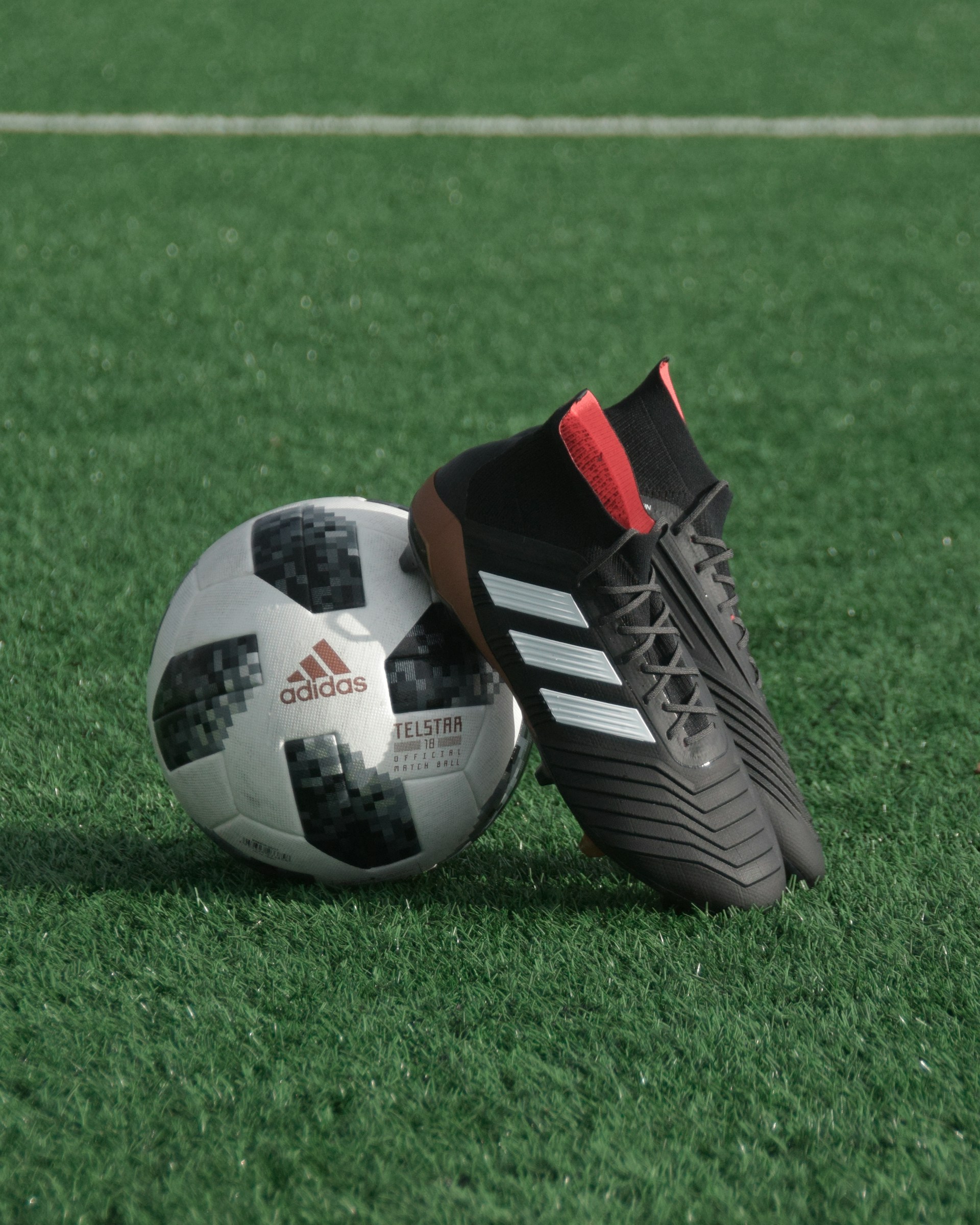As fans of the beautiful game of football, you will appreciate the critical role technology plays in enhancing player performance. One notable area where innovation is overpowering tradition is football boots. These pieces of equipment are no longer just protective gear but have become emblematic of the sports evolution, mirroring the progress in technology. This article explores the latest advancements in football boot technology from notable brands like Nike, Adidas, and Puma, and how these innovations impact players’ performance on the pitch.
The Evolution of Football Boots
Football, like any other professional sport, demands constant improvement in athlete performance. Over time, the modest football boot has evolved from a rudimentary protective shoe into a high-tech piece of kit that can considerably enhance a player’s performance on the pitch.
Also to see : What are the best techniques for improving heading skills in young football players?
In the early days, football boots were heavy, cumbersome, and provided little more than basic protection. Today, however, football boots are lightweight, flexible, and tailored to the unique requirements of the modern athlete. Key players in the sports industry, including Nike, Puma, and Adidas, are driving this evolution, investing considerable resources in research and development to create boots that can give players an edge on the field.
Advancements in Material Technology
Perhaps the most significant innovation in football boot technology lies in the materials used. Modern football boots have to be lightweight yet durable, flexible yet supportive. This paradoxical combination is achieved through advanced materials and manufacturing processes.
Additional reading : How can football clubs promote mental health awareness and support among players?
Leading sportswear brands like Nike, Adidas, and Puma have been at the forefront of these advancements. Nike’s ‘Flyknit’ boots, for instance, utilize a high-strength, lightweight yarn that is knit together to create a boot that feels like a second skin. This offers players unprecedented ball control and a level of comfort that was previously unimaginable.
Similarly, Adidas’s ‘Primeknit’ technology uses digitally knitted fabric to create a one-piece, seamless upper that fits like a glove. This not only reduces the weight of the boot but also enhances the player’s feel for the ball.
Puma, too, has been a game-changer with its ‘evoKNIT’ technology. It has built a reputation for boots that offer excellent fit and comfort, coupled with impressive durability and support.
Data-Driven Design and Customization
Another revolution in football boot technology is driven by data. Player performance data is now used to customize boots to an athlete’s unique requirements, further enhancing performance on the pitch.
Nike, for instance, uses player data to inform the design of its football boots. It utilizes pressure maps and motion capture data to understand where players apply the most force and where they need the most support. This data is then used to design boots that maximize comfort, reduce injury risk, and enhance overall performance.
Adidas, on the other hand, leverages athlete feedback and data to customize individual boots. Its ‘miCoach’ technology incorporates a speed cell that captures data such as speed, distance, and time. This data can then be analyzed to provide players with insights to improve their game.
Similarly, Puma’s ‘NETFIT’ technology allows players to customize their lacing system to suit their foot shape and playing style, offering unparalleled fit and support.
The Future of Football Boot Technology
While current advancements in football boot technology are impressive, they are just the beginning. As technology continues to evolve, so too will the boots that grace our football pitches. The future may see boots becoming even more personalized and data-driven, with integrated devices offering real-time performance insights.
Technologies like 3D printing could potentially revolutionize the manufacturing process, enabling even more customization and reducing production time. Furthermore, advancements in material science could lead to the development of ‘smart’ materials that adapt to the player’s movements, providing optimal support and flexibility at all times.
The Impact of Technology on Player Performance
The impact of these advancements in football boot technology on player performance cannot be overstated. Improved fit and comfort mean players can focus more on the game and less on their gear. Lightweight materials enhance speed and agility, while data-driven design and customization can help reduce the risk of injury and enhance overall performance.
Above all, these innovations are a testament to the power of technology to transform sports. They are a reminder that even the humble football boot can become a high-tech piece of equipment, capable of transforming a player’s performance on the pitch. While the future of football boot technology is still being written, one thing is certain: the game will never be the same again.
Incorporation of Wearable Technology in Football Boots
The innovative trend does not just stop at the physical characteristics and design of football boots. The dynamic field of wearable technology is also making significant strides in the sports sector, including football. This is transforming football boots into smart tools for data gathering and player performance enhancement.
Notable sports brands are integrating data analytics tools and devices into football boots to track and enhance player performance. For instance, Adidas Predator boots come equipped with a smart chip that collects real-time data relating to speed, distance covered, and heart rate. This information can then be analyzed to provide insights into a player’s performance, thereby helping coaches make informed decisions and devise effective training strategies.
Similarly, Nike is exploring the use of sensors in their boots that can monitor a player’s vital signs and movements, providing real-time feedback to both the player and coaching staff. This can provide invaluable data for improving player performance, functional training, and even preventing potential injuries.
These wearable technologies also extend to the realm of virtual reality (VR). Players can use VR to simulate game scenarios, helping them to improve their decision-making skills and anticipate game situations better. In essence, the incorporation of wearable technology into football boots is not just about enhancing performance but also enriching the player’s experience and fan engagement.
Challenges and Opportunities in Football Boot Technology
As with any groundbreaking innovation, there are always challenges and opportunities. One of the challenges in football boot technology includes ensuring the durability and reliability of the boot amidst all the high-tech features. Furthermore, there is also the need to ensure that the technology does not interfere with the player’s natural performance or comfort.
However, the opportunities far outweigh the challenges. The data derived from these boots can help in injury prevention by identifying potential risk factors and enable players and coaches to respond accordingly. Moreover, advancements in football boots technology also present an opportunity for women’s sports, which is often overlooked in terms of technological innovation. With appropriate modifications and customization, these advancements can significantly enhance women’s performance on the pitch.
Conclusion
Undoubtedly, football boot technology has come a long way from being a simple protective gear to becoming a major player in enhancing the game’s performance. The influence of sports technology, particularly in football boots, is a testament to the significant impact of innovation on human performance.
From lightweight materials that enhance speed, to data analytics that provide real-time performance insights, to wearable technology aiming to prevent injuries; each advancement represents a leap forward in the sports industry. As brands like Nike, Adidas, and Puma continue to innovate, the future of football boot technology looks incredibly promising. Regardless of the challenges, the opportunities are boundless and the potential for further advancements is immense. The beautiful game, as we know it, is being transformed right under our feet.






